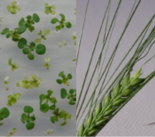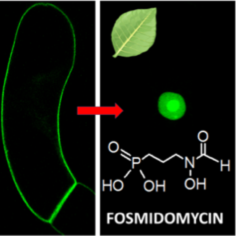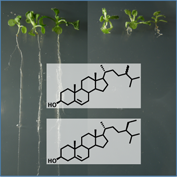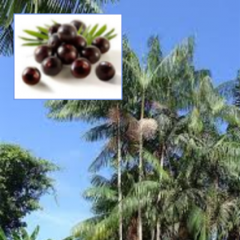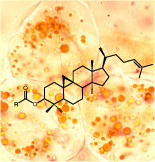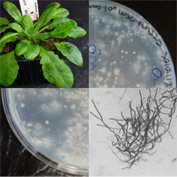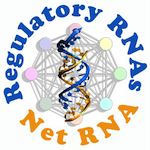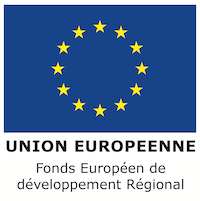The main research objective of the Plant Isoprenoid Biology team is the identification and characterization of regulators acting on cellular homeostasis of essential isoprenoids (sterols, steroids, terpenoid hormones, etc). We pursue cellular and genetic studies in Arabidopsis thaliana, Nicotiana tabacum, and Hordeum vulgare to provide a refined understanding of critical roles of specific compounds in biological processes and signaling. The team has an ongoing cooperation action with the Universidade Federal Do Para (UFPA), Belém, Brasil framed by an agreement of International Associated Laboratory « LIA – PALMHEAT ».
Isoprenoids (syn. Terpenoids) are produced by distinct cellular compartments and several different pathways. These pathways are largely characterized in terms of enzymes, metabolic intermediates and pathway end-products. However, regulatory mechanisms governing their production in an orchestrated manner with the cell metabolism are not fully described. In addition, the role of certain compounds such as sterols in the normal processes of growth and development is essential but this is not well understood. In fact, the complexity of a plant sterol profile (compared to mammals) may indicate multiple biological functions for these metabolites. Moreover, the molecular regulation of sterol lipid storage is not comprehensively documented. To identify these regulatory mechanisms, we are developing experimental approaches comprising genetic screens, biochemistry and analytical chemistry, the analysis of transcriptomes and proteomes of selected plant materials, and cell imaging to visualize via sensors the recruitment of cell compartments for the biogenesis of isoprenoid precursors. There is a considerable interest to understand the control of isoprenoid synthesis and accumulation in plant cells or organs since (i) these molecules are implicated in basic processes (membrane structure and biology, photosynthesis, respiration, and signaling) and in biotic interactions, and (ii) these molecules are bioactive compounds of medicinal and industrial value.

